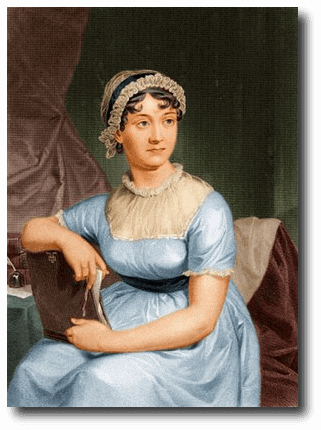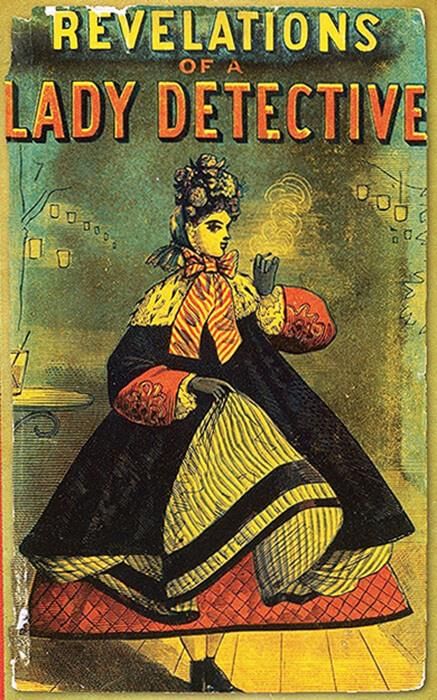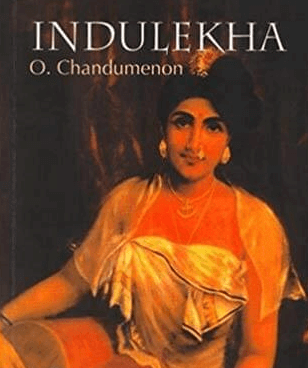NCERT Solutions for Class 10 Economics - Novels, Society and History
Ques 1: Explain the following:
(a) Social changes in Britain which led to an increase in women readers
(b) What actions of Robinson Crusoe make us see him as a typical coloniser.
(c) After 1740, the readership of novels began to include poorer people.
(d) Novelists in colonial India wrote for a political cause.
Ans: (a) As the middle classes became more affluent, women got more leisure time to read and write novels. Also, novels began to explore the world of women, their emotions, identities, experiences and problems. Domestic life became an essential subject of novels—a field women had an authority to speak about.
(b) Robinson Crusoe’s actions that make us see him as a typical coloniser are many. Shipwrecked on an island inhabited by coloured people, Crusoe treats them as inferior beings. He is portrayed as “rescuing” a native and then making him a slave.
He gives him the name Friday, without even caring to ask for his name. Colonised people were seen as barbaric and primitive, and colonialism became their self-professed civiliser. Crusoe was a direct representation of this ideology of colonisers.
(c) After 1740, the readership of novels began to include poorer people because of the introduction of circulating libraries, low-priced books, and also because of the system of hiring out of books by the hour. This made books easily available to the poor people, who could not afford books earlier due to high costs and absence of lending libraries.
(d) Novelists in colonial India wrote for a political cause because the novel was a powerful medium for expressing social defects and suggesting remedies for the same. It also helped establish a relationship with the past. Since people from all walks of life could read novels, it was an easy way to popularise anti-colonial ideas. It also helped bring about a sense of national unity among the people.
Ques 2: Outline the changes in technology and society which led to an increase in readers of the novel in eighteenth-century Europe.
Ans: The changes in technology and society which led to an increase in readers of the novel in eighteenth century Europe were manifold. The creation of libraries, cost-cutting printing techniques and hiring out of books on an hourly basis allowed readership to expand beyond the aristocratic class.

Fig: Change in Technology and Society
Socially, as the market for books grew, novelists were freed of aristocratic patronage, and could now explore different dimensions of the society in their novels, for example, the lives of women and the working class. All this led to an obvious increase in the number of people who read books in eighteenth-century Europe.
Ques 3: Write a note on:
(a) The Oriya novel
(b) Jane Austen’s portrayal of women
(c) The picture of the new middle class which the novel Pariksha-Guru portrays.
Ans: (a) In 1877-78, Ramashankar Ray started to serialise the first Oriya novel, “Saudamini”; but it remained incomplete. Orissa’s first major novelist was Fakir Mohon Senapati. He wrote “Chaa Mana Atha Guntha” that deals with land and its possession. This novel illustrated that rural issues could be an important part of urban concerns.
(b) Austen portrayed the lives of women of genteel rural society in early nineteenth-century Britain. Her novels explore the social norms that women had to follow—predominantly, their duty was to marry wealthy husbands who could offer them financial and social security.

Fig: Jane Austen's
The women in Jane Austen’s novels are not always shown to conform to social convention. Although her works do typify the society she lived in, the protagonist in her novels is always an independent-minded woman.
(c) The novel “Pariksha-Guru” portrays the difficulties of the new middle class in adapting to colonised society while preserving its cultural identity. It emphasises that Western ideals must be inculcated, but without sacrificing the traditional values of middle-class households. The characters in this Hindi novel by Srinivas Das are seen endeavouring to bridge the two different worlds of modern education and traditional ethics.
Ques 4: Discuss some of the social changes in nineteenth-century Britain which Thomas Hardy and Charles Dickens wrote about.
Ans: Thomas Hardy and Charles Dickens wrote mostly about the effects of industrialisation. Dickens wrote about industrial towns and the plight of the poor in them—smoking chimneys, grim factories, pollution, and identity-less and exploited workers.
In his novel "Hard Times", he criticises the greed for profits and the reduction of human beings into tools of production. In other works, he dwells on the sad conditions of urban life under industrial capitalism.

Fig: Industrialization
Thomas Hardy, on the other hand, wrote about traditional rural communities of England which were vanishing in the face of rapid industrial growth. The change from old agricultural practice of independent farming to employment of labourers and machines on large farms can be seen in Hardy’s famed work “The Mayor of Casterbridge”.
In this novel, through the character of Michael Henchard, Hardy demonstrates how he mourns the loss of the personalised world, even though he knows its problems and understands the advantages of the new order.
Ques 5: Summarise the concern in both nineteenth-century Europe and India about women reading novels. What does this suggest about how women were viewed?
Ans: The concern in both nineteenth-century Europe and India about women reading novels bore more or less similar fears. Women were seen as easily corruptible and an imaginary world that the novel provided was seen as a dangerous opening for the imaginations of its readers.

Fig: A Novel from 19th Century
In certain Indian communities, it was felt that women who read novels would leave their domestic environments and aspire to be part of the outside world—the male domain.
This suggests that women were viewed as delicate and incapable of being independent. They were merely expected to marry a man who could take care of their financial needs while they maintained his household and remained subservient to him.
Ques 6: In what ways was the novel in colonial India useful for both the colonisers as well as the nationalists?
Ans: The novel in colonial India was useful for both the colonisers as well as the nationalists on account of a variety of reasons. Colonial rulers found “vernacular” novels illuminating for the information they provided on native customs and life.
It was useful in the governance of this diverse country. Indian nationalists used the form of the novel to criticise colonial rule and instill a sense of national pride and unity amongst the people.
Ques 7: Describe how the issue of caste was included in novels in India. By referring to any two novels, discuss the ways in which they tried to make readers think about existing social issues.
Ans: Indians used the novel as a powerful medium to criticise what they considered defects in their society and to suggest remedies. The issue of caste was included in Indian novels for this same purpose.
O Chandu Menon's "Indulekha", a love story based on the lines of Benjamin Disraeli's novel "Henrietta Temple", is a comment upon the marriage practices of upper-caste Hindus in Kerala.

Fig: Indulekha by O Chandu Menon's
Through the characterisations of his main characters, the author (himself a member of an "upper caste") pits the ignorant and immoral Nambuthiri Brahmins against the educated and modern Nayars.
While writers like Chandu Menon wished to bring about reforms within their castes, there were others who sought to reform the entire caste-based society. In his novel “Saraswativijayam”, Potheri Kunjambu (a "lower-caste" writer from Kerala) attacks caste oppression.
The novel shows a young “untouchable” man flee his village to escape caste-based tyranny. After converting to Christianity and receiving modern education, he returns to his village as a judge in the local court where the villagers had filed a case against the local Brahmin bully for murdering this young man.
In the end, the judge reveals his identity and the Nambuthiri repents and reforms his ways. Apart from being critical of the upper castes, this novel also stresses the importance of education for the upliftment of the lower castes.
Ques 8: Describe the ways in which the novel in India attempted to create a sense of pan-Indian belonging.
Ans: The novel in India attempted to create a sense of pan-Indian belonging by imagining the country to be full of adventure, heroism, romance and sacrifice—characteristics that could not be found in the offices and streets of the nineteenth century world.
It also gave the colonised people a chance to give shape to their desires. For example, the Bengali historical novels of this time, dealing with Marathas and Rajputs, served this purpose.
Another way in which the sense of belonging to a common nation was popularised was by including various classes in the novel so that they could be seen to belong to a shared world. The novels of Premchand, populated by powerful characters belonging to almost all levels of society, exemplify this.
FAQs on NCERT Solutions for Class 10 Economics - Novels, Society and History
| 1. What are some of the popular novels covered in the NCERT Solutions for Class 10 Novels, Society & History? |  |
| 2. How do novels contribute to our understanding of society and history? |  |
| 3. How can studying novels help improve language skills and reading comprehension? |  |
| 4. What role do novels play in shaping our perspectives and empathy towards others? |  |
| 5. Are there any specific historical events or societal issues covered in the NCERT Solutions for Class 10 Novels, Society & History? |  |

















